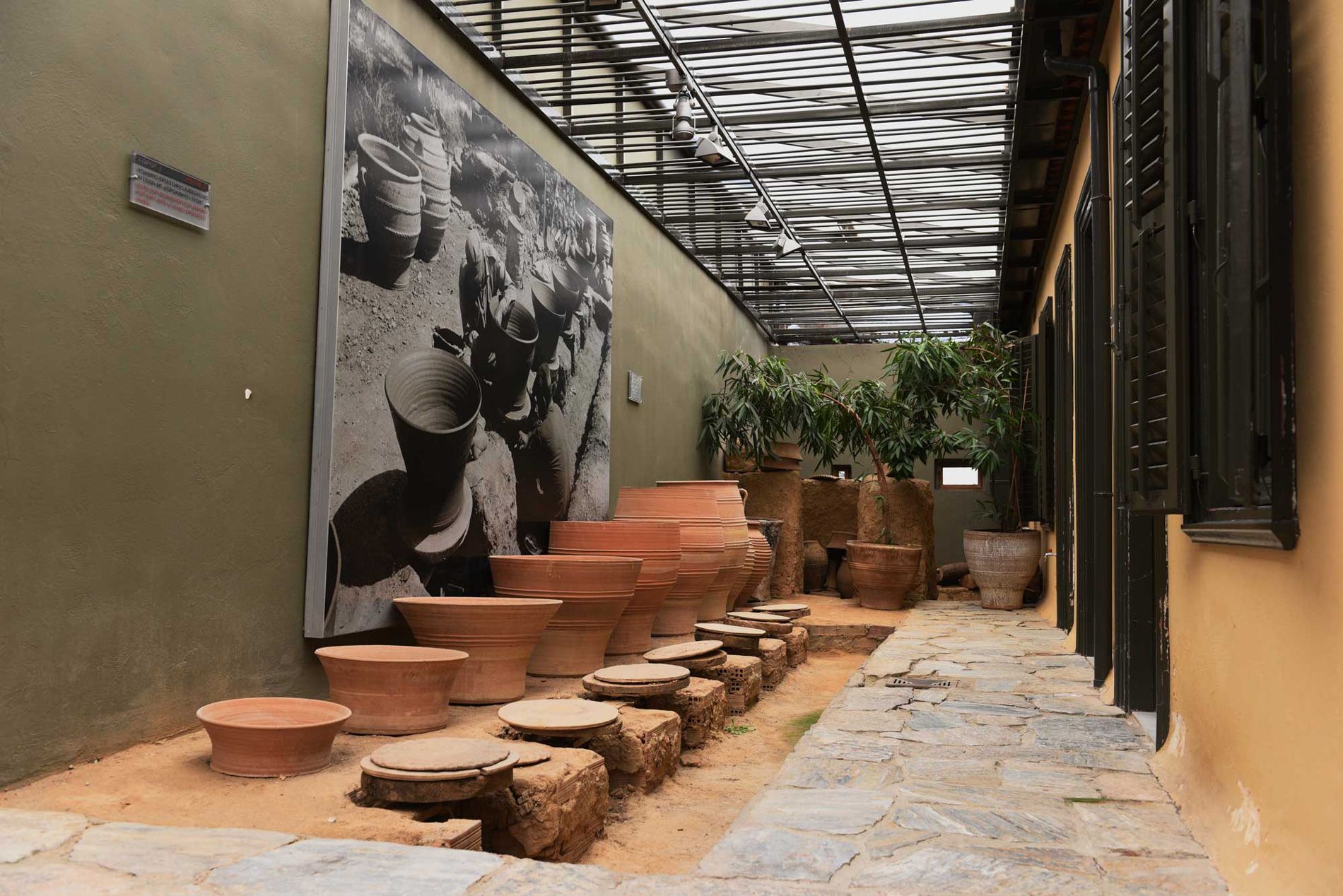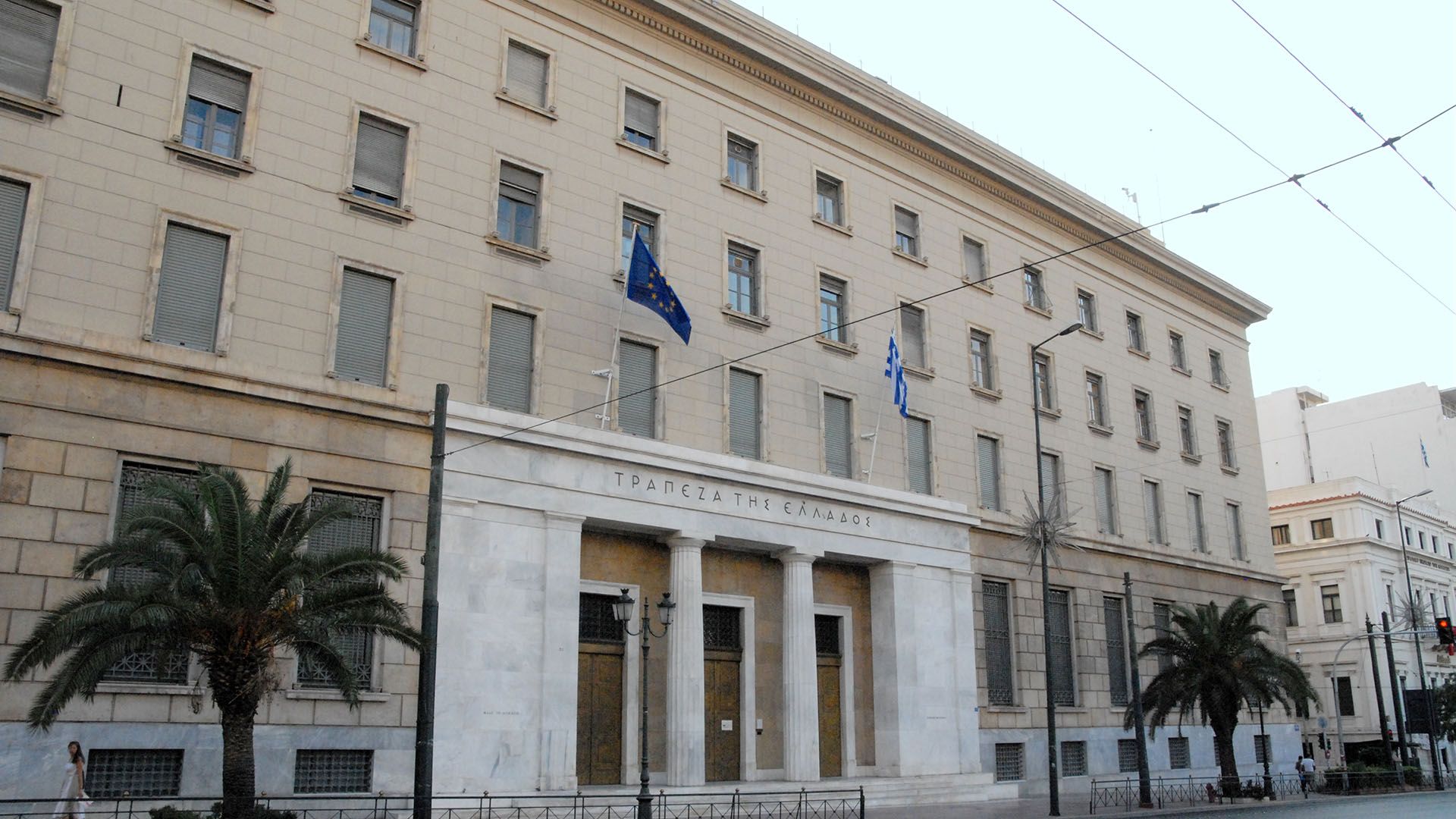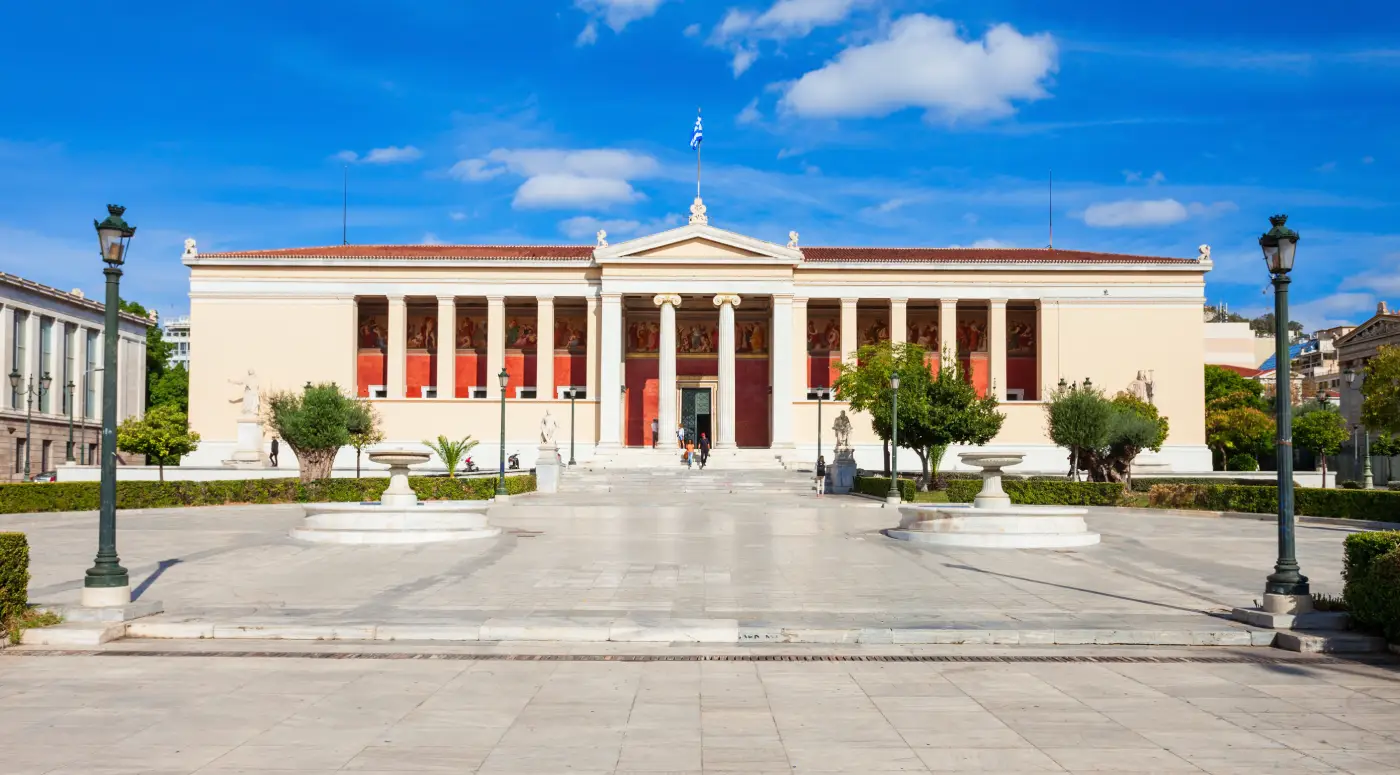Zappeion Megaron
Zappeion Megaron
The subject of reviving ancient ceremonies and games has been “fermenting” since the first half of the 19th century. In this context, from the 1850s, Evangelos Zappas, under the guidance of Panagiotis Soutsos, the founder of the Modern Greek Olympic ideology, undertook, in a memorandum sent to the authorities in 1856, to build an Olympic building at his own expense and to financially support the holding of the first Olympic Games.
The first idea for the site of the Olympic Palace was to build it at the top of the Panathenaic Stadium, from where “the Court and the Hellenic Courts would be able to overlook the game and the myriads of seated spectators from a wide balcony”. In 1869, however, the Hellenic Parliament allocated about 80,000 square metres of public land between the Temple of Olympian Zeus and the then Palace Garden, taking into account Zappa’s wish to have the building as close as possible to the stadium. The architect Anastasios Theofilas was then asked to modify the original plan drawn up by F. Boulanger.
After delays, the first stone of the palace was laid on 20 January 1874. At the end of the 1880s, Constantinos Zappas commissioned Theophilos Hansen to draw up a new plan, with the intention of making sacrifices, if necessary, at the expense of the section already built. However, professional rivalries between the most famous architects of the time and suspicions of serious financial malpractice led to serious delays and twice to the abandonment of the work. Finally, on 20 October 1888, the formal inauguration took place.
The Zappeion Megaron was the first building in the world to be constructed for Olympic purposes. Its architecture follows the neoclassical style, with a Corinthian propylaeum, and the composition of its volumes harmoniously obeys the purpose for which it was built. Together with the three-arched stone bridge of Ilissos, also built under the patronage of Evangelos Zappas, and the surrounding gardens, sculptures, and paths within the gardens, it forms an ideal image of Athens at the beginning of the 20th century.
At the first modern Olympic Games in 1896, the fencing events were held in its circular hall, while at the Second International Olympic Games (1906), the lack of infrastructure and facilities led to its use as the “Olympic Village”. Finally, from 1936 and for 40 years, it housed the country’s first national radio station. In 1940 it was converted into a hospital, the following year it was requisitioned by the German occupying army, then turned into a warehouse and then into a barracks (1944), while it was also bombed in December. After the war, its demolition was discussed.
Fortunately, a general repair was carried out in 1960 under the supervision of the architects A. Ploumistos and F. Panagiotopoulos. The most recent renovation took place in preparation for the 2004 Olympic Games and was completed in 2007.
From the First Olympiad in 1859 to the screening of the first cinema film in 1903, the painting exhibitions with works by Picasso in 1955, the Italian painter Caravaggio in 1962, El Greco in 1964, the signing of Greece’s accession to the European Economic Community on 28.5.1979, the Greek Presidency of the European Community in 1983, as well as in 2003 and 2014, the Lighting of the Flame of the Special Olympic Games in 2008 and 2013, but until today, with dozens of events, conferences, exhibitions, political meetings, the Zappeion Megaron, one of the most emblematic monuments of Greece, continues to stand out for its outstanding architecture and offers ideal conditions for holding conferences, cultural, scientific and sports exhibitions.






